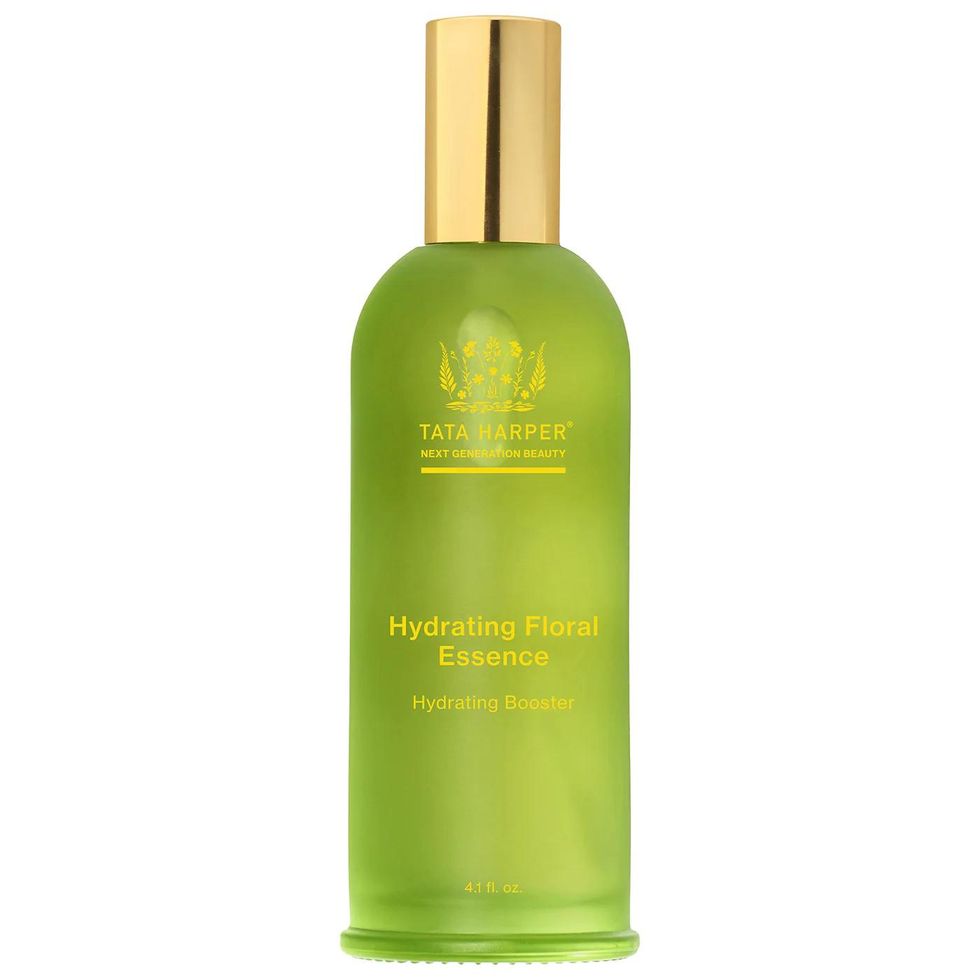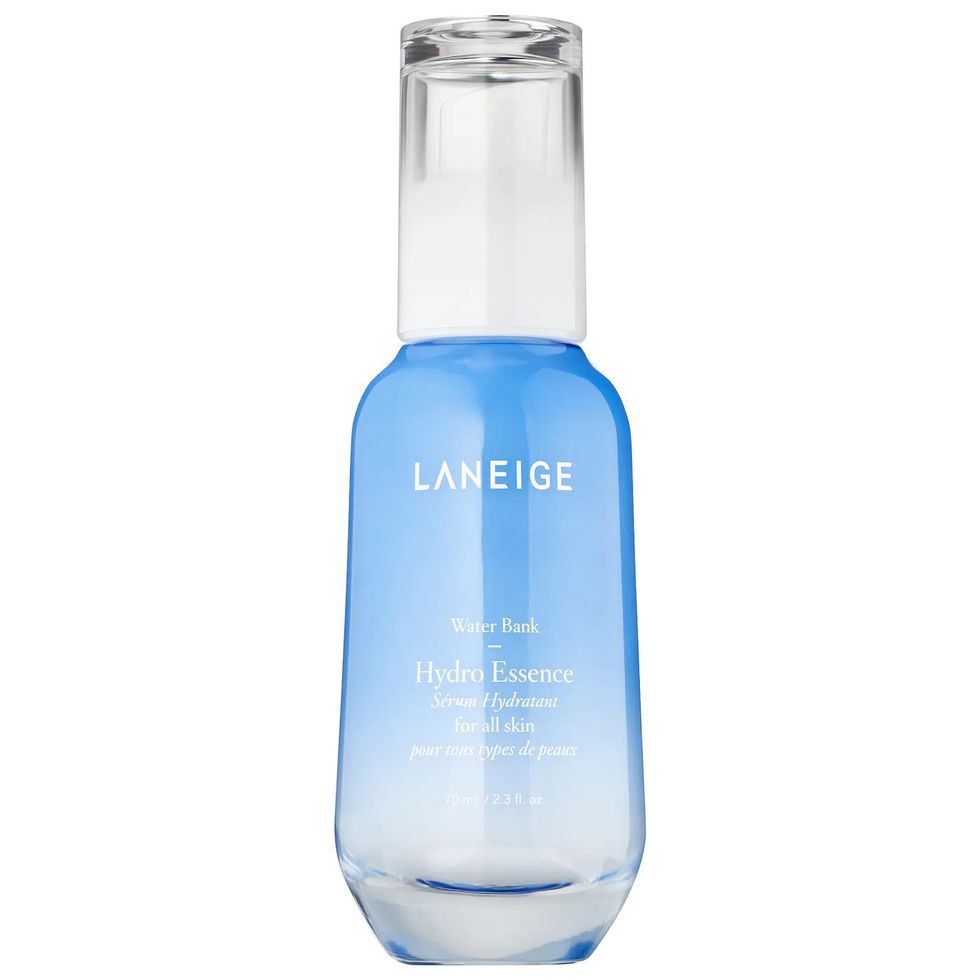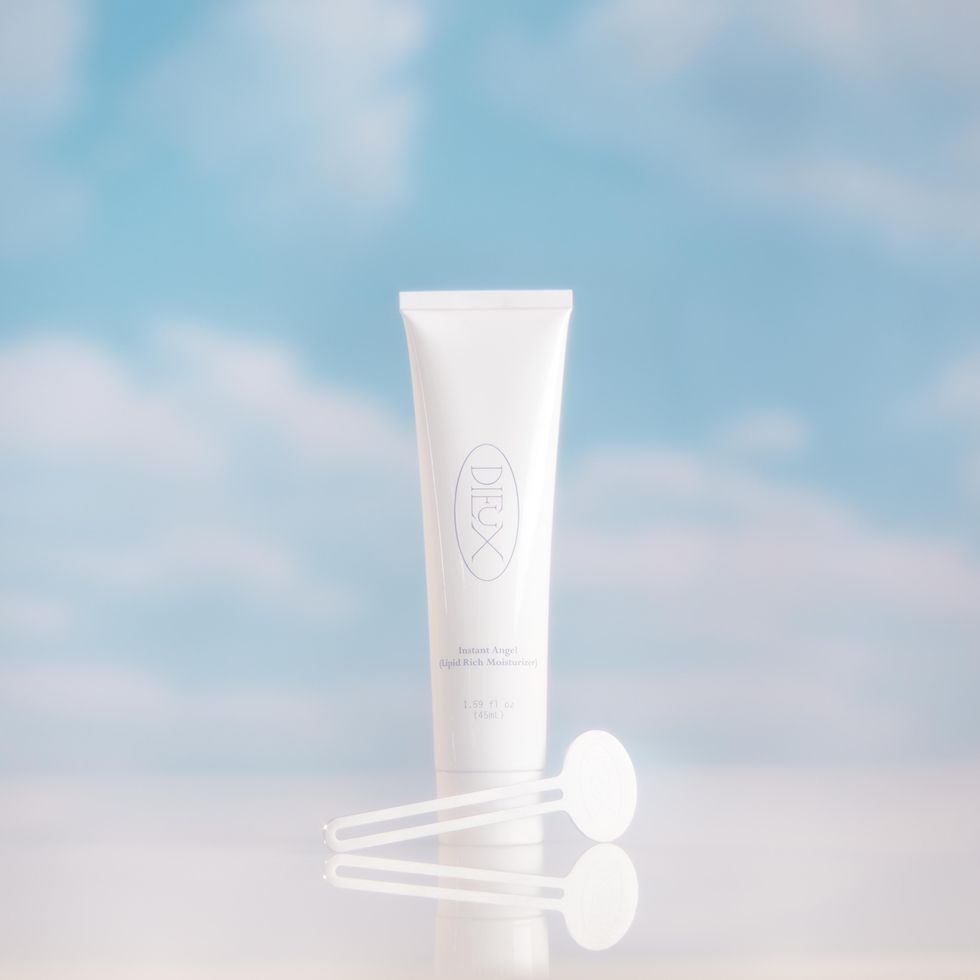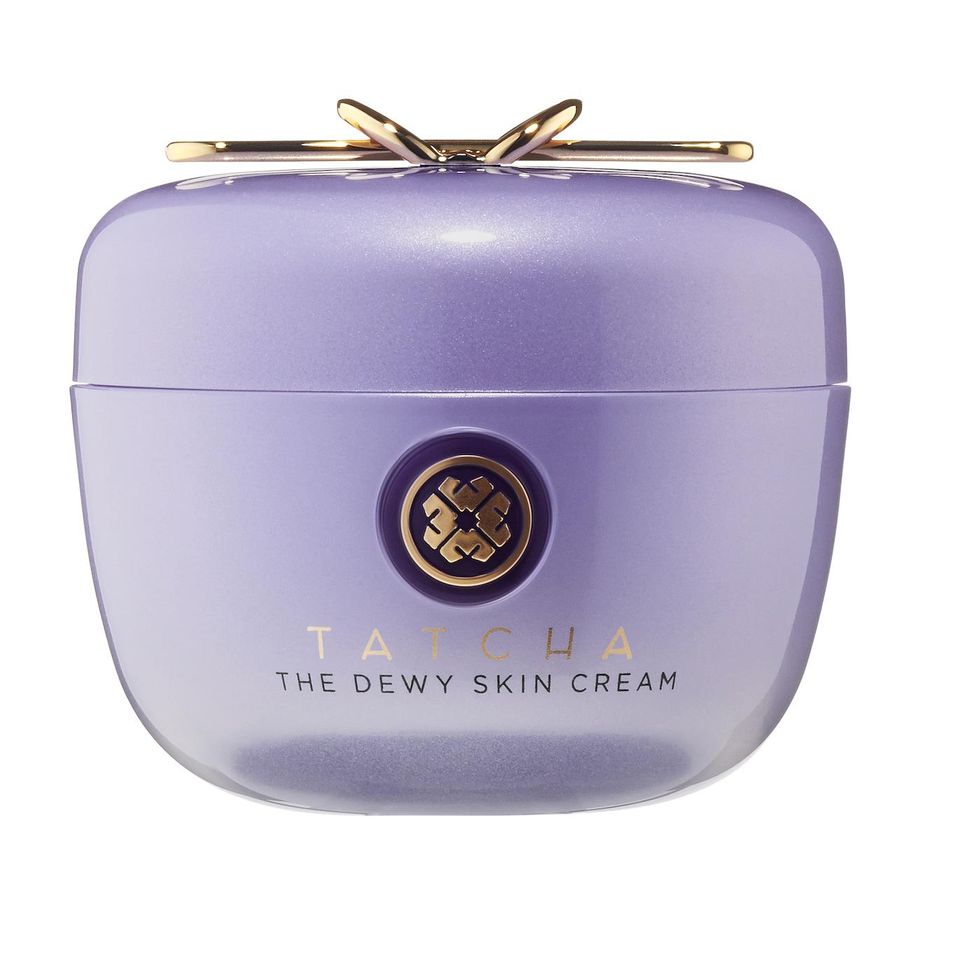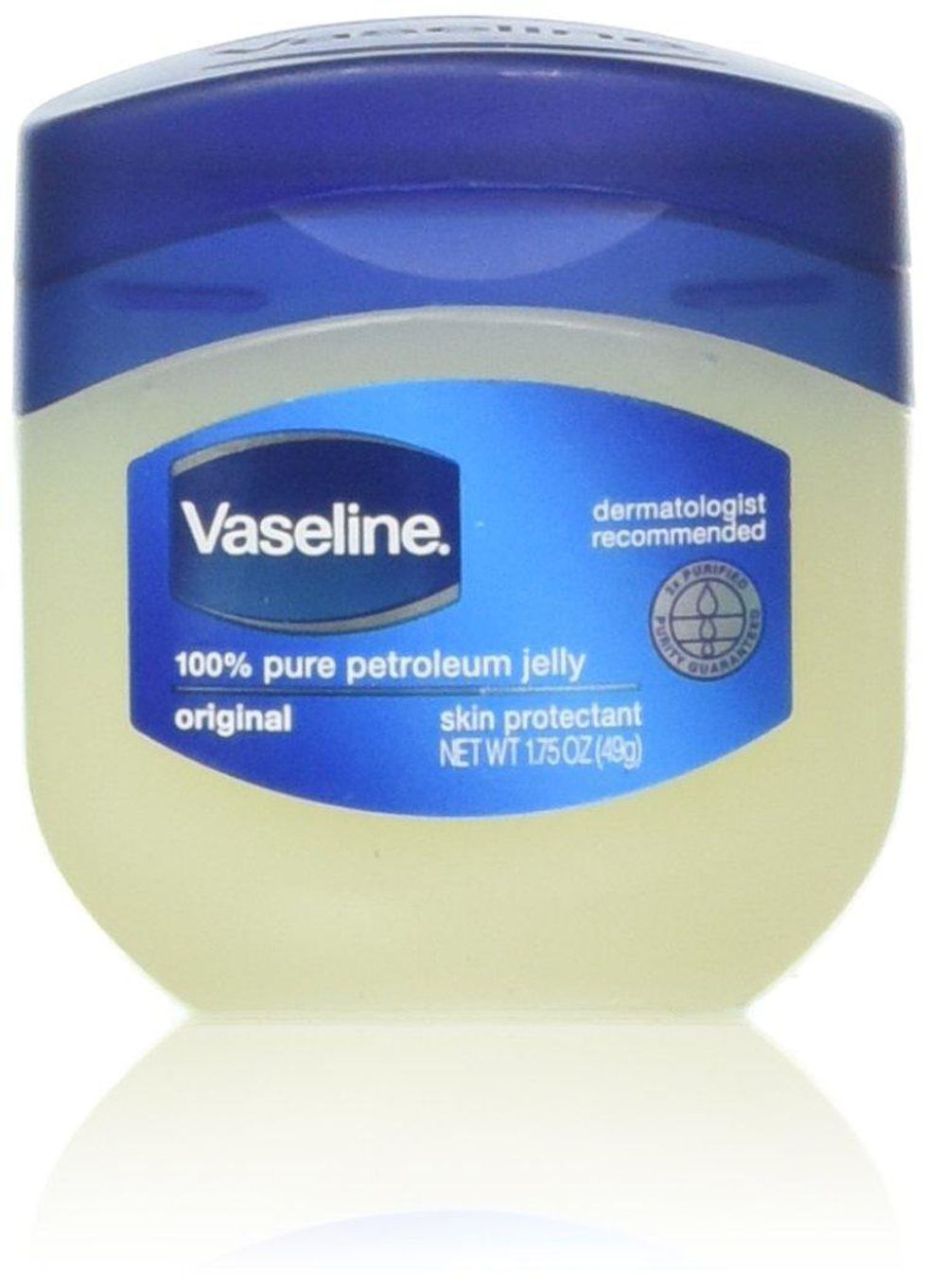A Pro Dispels All of the Moisture Sandwich Myths
Are you doing it wrong? Dieux co-founder Charlotte Palermino weighs in.
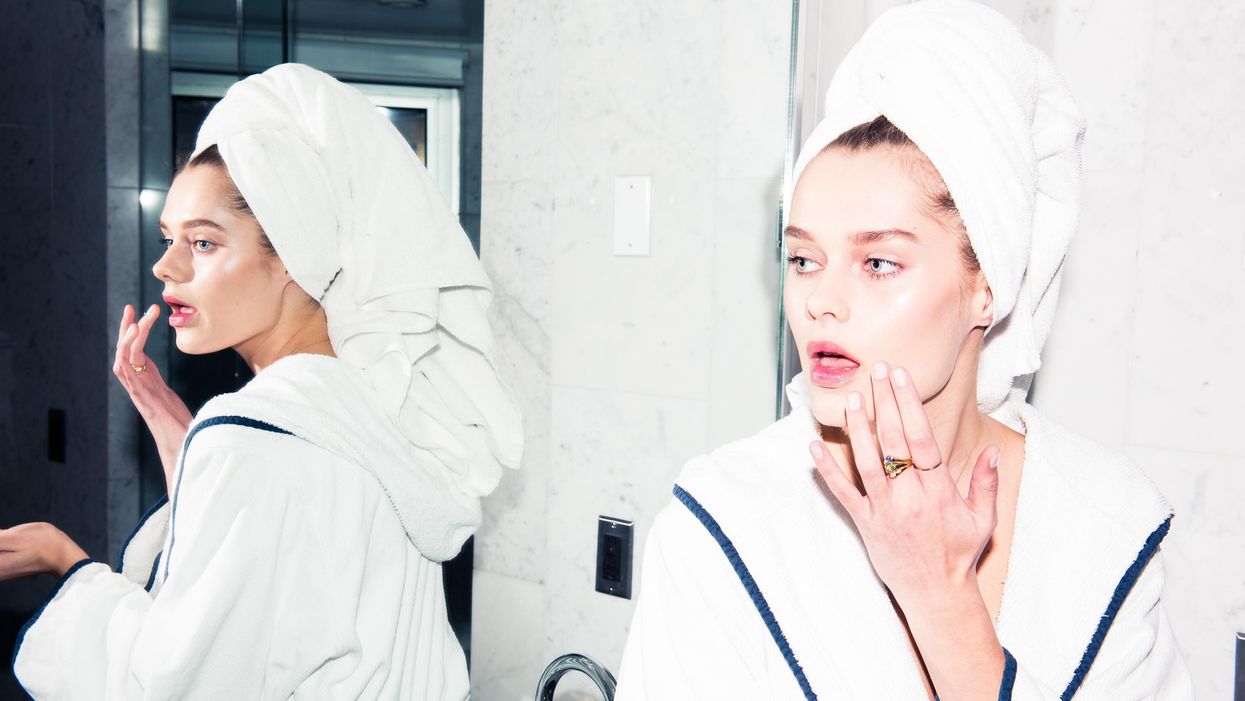
The moisture sandwich has been many-splendored since it blew up beauty forums and TikTok feeds last year. If you don’t recall, it’s a three-step skin-care hack coined on Reddit and popularized by Dieux co-founder Charlotte Palermino. To sandwich, you dampen, moisturize, then lock it all in with an occlusive like Vaseline—kind of like slugging.
The term is relatively new and buzzy, but the philosophy behind it is not. “They’re just cute names to talk about really old practices that most people have been doing for a long time,” Palermino, who is also a licensed esthetician, tells Coveteur. Remember when your mom would slather your face with Vaseline before you left for school? In essence, she was sandwiching. “These terms come about to have a cute way for you to contextualize it. And what’s in a sandwich? Layers.”
Palermino’s own sandwiching lineup starts with Dieux’s Deliverance serum, but it always starts with a damp canvas. “After I wash my face, I use Deliverance. I’ll then maybe use a treatment serum, like a retinol or sometimes an exfoliant, then a moisturizer, then an occlusive—but I won’t use an occlusive when I’m using retinol,” she clarifies.
@charlotteparler Clarifying the sandwich technique ✨ #tiktokbeauty #tiktokskincare #skincare101 #winterskincare
Despite how familiar we may be with the idea of sandwiching skin care, there’s still a lot that isn’t clear about how to ace this moisturizing method. Does this tip only apply to dry skin types? Is it a no-go during the sweatier summer months? And which products are best practice for sealing everything in?
Well, to properly execute the moisture sandwich, it’s important to understand the what and the why: Per Palermino’s viral explainer on Instagram, this method just refers to how you layer your products. As for its purpose, it’s a simple, self-care-centric way to get the most out of your skin-care routine. “It’s conditioning your skin,” Palermino says. “The number one way to get your skin to look a certain way is to really make sure that you’re moisturizing and protecting it.”
If you have naturally oily, reactive, or acne-prone skin, applying moisture in threes sounds understandably intimidating. But that doesn’t mean it’s off-limits. The key is to cleanse, cleanse, cleanse. “If you have more acneic skin, you should absolutely be hydrating your skin and maybe using a gel moisturizer over that,” she says. “But if you’re not doing this on super cleansed skin or exfoliated skin, you can be trapping dead skin cells or bacteria underneath, and it can absolutely exacerbate a breakout.”
When I virtually met up with Charlotte, I was most curious about how the moisture sandwich could be folded into a warm-weather skin-care routine. Smearing Aquaphor in sweltering heat? Not so sure about it. But the moisture sandwich can be summer-friendly, too, just in a different way. “In warmer months, I'll probably stick to no Vaseline or no Aquaphor,” Charlotte says. For lighter occlusives that are just as good, she recommends Chemist Confessions and Satya Organics’ beeswax balm. Ahead, we’ve put together pointers and product recommendations for how to master the moisture sandwich.
Step One: Dampen
The first step is to dampen the skin with tap water. This way, products can seep into your skin’s barrier more easily. “What you’re doing when you’re dampening your skin is you’re not only increasing permeability, but you’re also kind of giving some moisture for the humectants in your serum to hold onto and plump out the area,” she explains. Charlotte compared it to putting soap on a dry sponge versus a wet one.
If you want to zhoosh this step up, consider trying an essence instead. “Essences are just fun,” she adds. “Are they necessary? No. You can probably get away with just dampening your face with some tap water, but do I think that my skin’s a bit juicier? Probably.”
Step Two: Moisturize
Next, apply your go-to moisturizer. The key to making sure you’re maxing out moisture is making sure that your moisturizer goes on while your skin is still wet.
Step Three: Lock It In
“As the very last step, I use a pea-size amount of a balm,” Palermino says. The key to this step, she says, is opting for a balm with an occlusive formula that can prevent 99 percent of water loss, but still allow one percent of breathability. “That’s actually allowing your skin to repair,” she explains. “If you occlude something at 100 percent for a long period of time, it’s actually not going to allow your skin to repair—it’s like if you covered yourself in saran wrap.”
As for what to reach for, don’t shy away from petroleum jelly. “People are always like, ‘Why do you talk about Vaseline so much?’ But quite frankly, it bothers me how the clean beauty movement has demonized one of the most accessible, effective, and lower carbon footprint products out there,” she says. If you’re topping things off with SPF, just make sure to reach for a non-petrolatum-based balm to prevent your sunscreen from slipping.
Want more stories like this?
Meet the Internet’s Skin-Care Myth Buster
We Tried This Weird Beauty Trend & Here's What Happened
The Difference Between Hydration and Moisture in Skin Care

